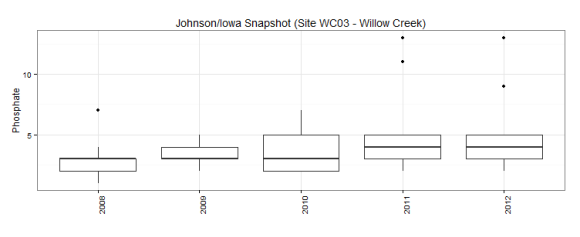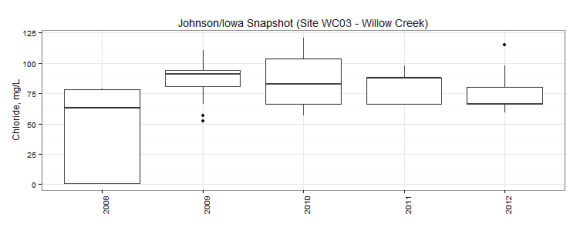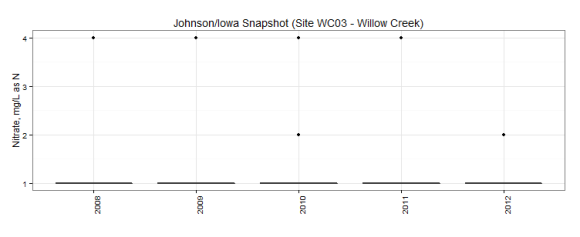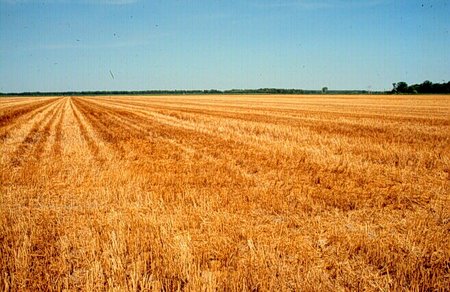
(CC photo from iLoveButter
I currently live in Iowa City, Iowa, which is a pretty good place to live in the Midwest if you are a fan of great food and food culture. We have farmers’ markets open most of the week, high quality grocery stores, decent restaurants, and lots of people who love to eat. So, it shouldn’t surprise anyone that the organic, sustainable and local food movements enjoy a great deal of support here.
One thing I’ve noticed from talking to many proponents of these movements is that there is this mental model they have where producers are either poor shmos being led around the nose by corporations or as unable recognize obvious business opportunities. So I enjoyed reading this article by Blake Hurst , a corn and soy producer from Missouri.
Hurst addresses the fact that farming is a complex process and a complex business:
On the desk in front of me are a dozen books, all hugely critical of present-day farming. Farmers are often given a pass in these books, painted as either naïve tools of corporate greed, or economic nullities forced into their present circumstances by the unrelenting forces of the twin grindstones of corporate greed and unfeeling markets. To the farmer on the ground, though, a farmer blessed with free choice and hard won experience, the moral choices aren’t quite so easy. Biotech crops actually cut the use of chemicals, and increase food safety. Are people who refuse to use them my moral superiors? Herbicides cut the need for tillage, which decreases soil erosion by millions of tons. The biggest environmental harm I have done as a farmer is the topsoil (and nutrients) I used to send down the Missouri River to the Gulf of Mexico before we began to practice no-till farming, made possible only by the use of herbicides. The combination of herbicides and genetically modified seed has made my farm more sustainable, not less, and actually reduces the pollution I send down the river.
In fact, the most pressing environmental problem created by current farming practices have to do with soil erosion with water quality problems coming in second. And I don’t think greenhouse gas emissions are a problem that the farm industry needs to address. Rather, its a problem for the meat eating public.
Hurst covers a lot of ground and I don’t agree with him on everything–I think he’s underplaying the poor conditions that exist in many animal confinement operations and I’m not sure how you can talk at all about food production models without discussing national subsidies. But he brings a useful perspective to the discussion and I recommend you read the piece.











